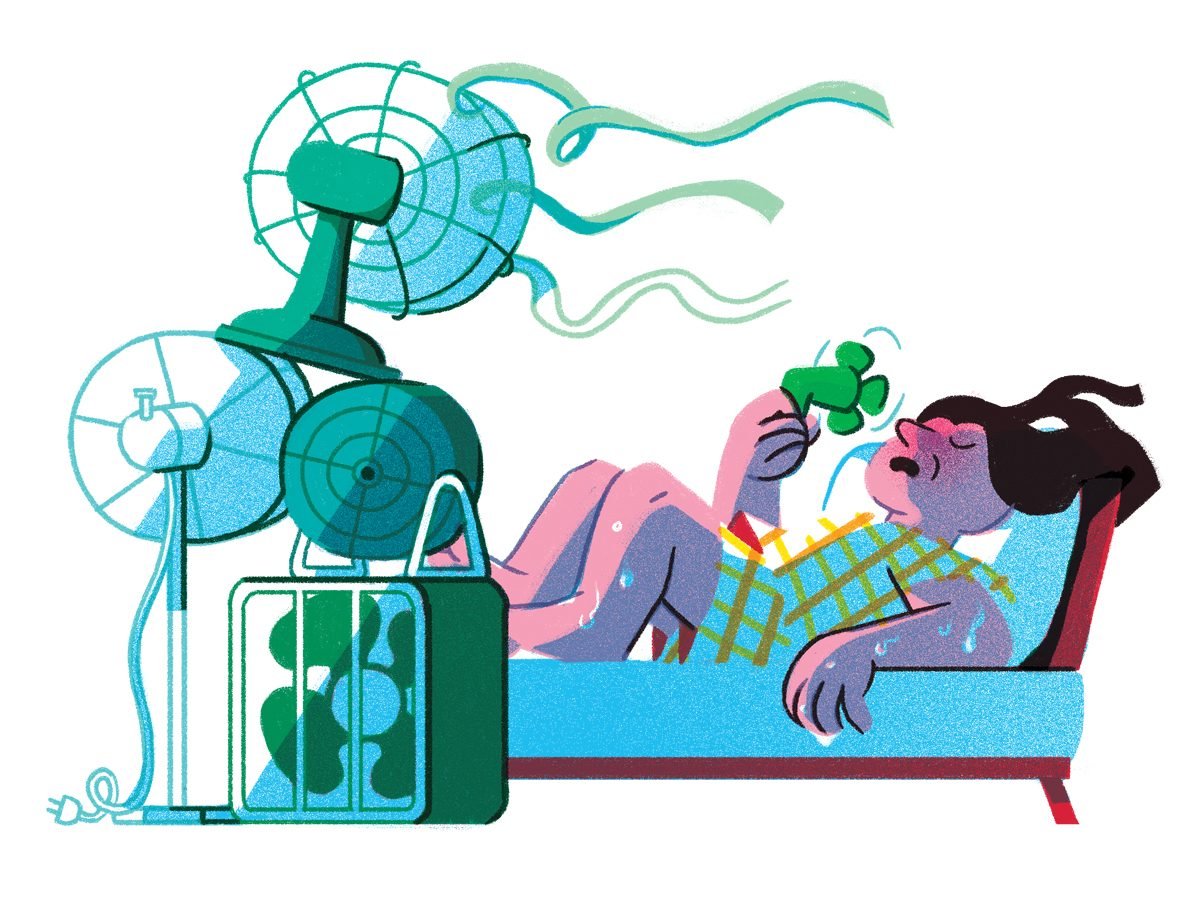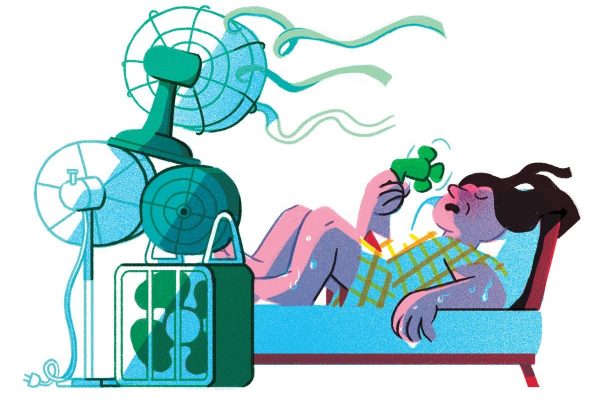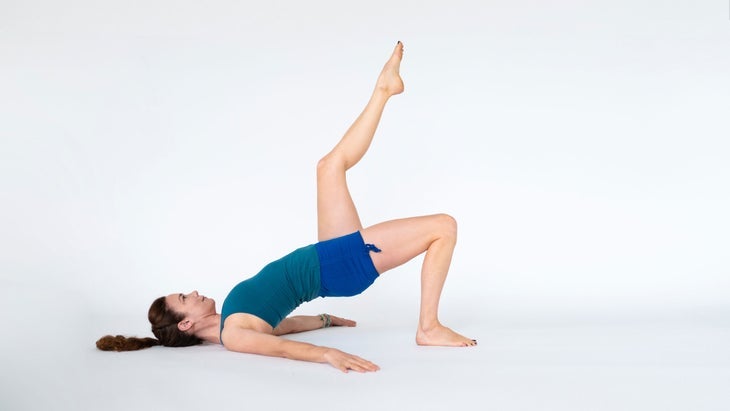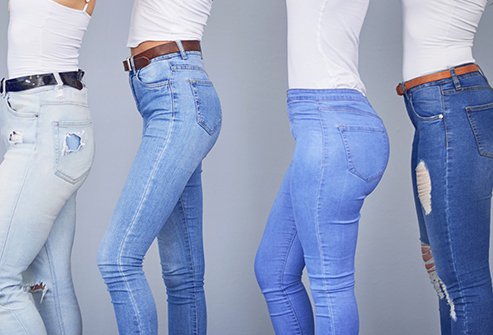
While unpleasant, sweating is a vital bodily function — particularly as temperatures soar.
Here’s how do we sweat?
Humans have anywhere from 1.5 million to 5 million sweat glands distributed all over our bodies. As our temperature soars, our nervous system stimulate glands to release the saltwater we have in our bodies, says Sarah Everts, the Ottawa-based author of The Joy of Sweat. “Our hot skin evaporates the sweat away from our body, which whisks the heat away,” she says. “This trick—evaporative cooling—is what dogs do when they pant. They’re evaporating water off their wet tongue. We can just do it over our entire bodies.”
Not all of us sweat in the same way—on a hot May afternoon, certain people will be drenched with sweat, while others, miraculously, will appear dry. Everts illustrates that those lucky ones are sweating so efficiently, at precisely the favourable rate, that their sweat regulates to evaporate immediately. It’s still unclear precisely what’s responsible; it’s most likely a blend of genetics and where you grow up.
“People are born with all their sweat glands, but they only become fully active within the first couple years of your life,” she says. “Researchers wonder if your climate then helps dictate the activity of those sweat glands.”
It’s not as though humans despise all perspiration: Sweat lodge ceremonies are widespread around the world, and it can feel like training hardly counts if we don’t break a sweat.
“But then we spend $75 billion a year on products trying to pretend we don’t sweat at all,” Everts says. There’s still a stigma attached to a sweaty handshake or dark patches blooming under a work shirt. Enough. “Sweating is a fantastic temperature-control system and one of the things that make us human,” Everts says. “So I think we need to stop giving sweat the side-eye.”





















